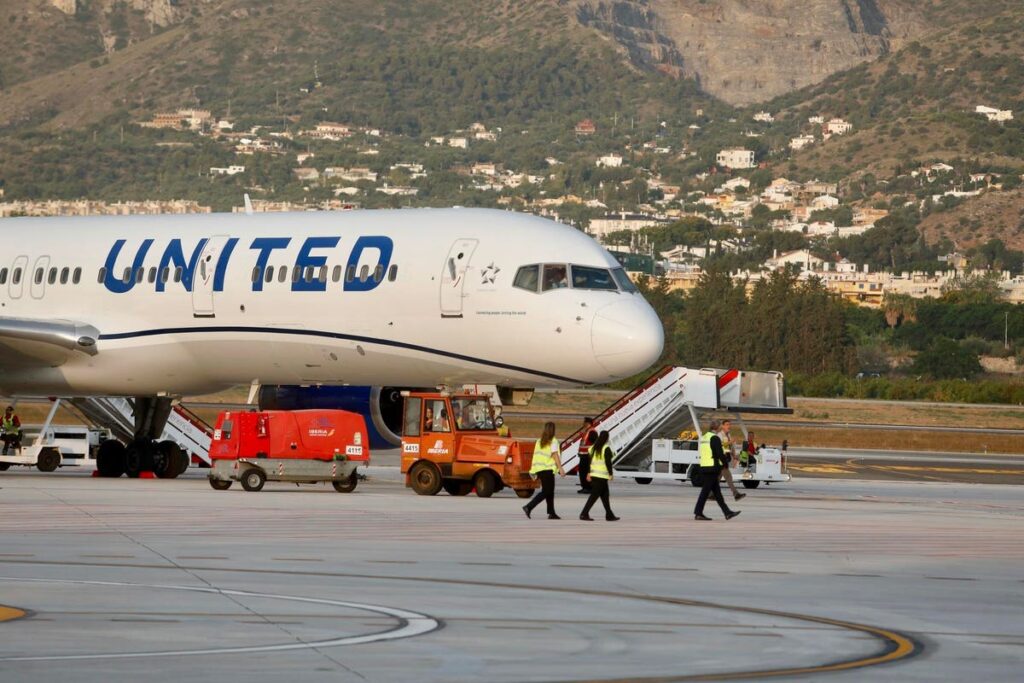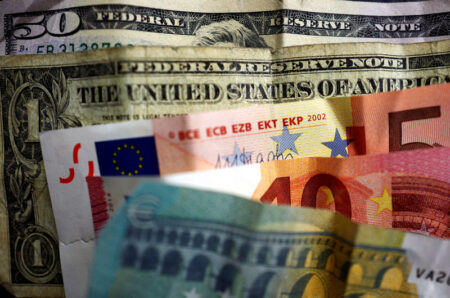United Airlines stock (NASDAQ
NDAQ
Returning to the pre-inflation shock level means that UAL stock will have to gain nearly 30% from here. We believe this will materialize over time and estimate United Airlines’ valuation to be around $60 per share, implying about 24% gains. This is because the company has seen a substantial recovery in travel demand over the recent quarters. Its total available seat miles has risen 23% y-o-y, and its passenger revenue per available seat mile rose 31% in Q1. The load factor also increased to 79.9% from 72.6% in the prior-year quarter.
Furthermore, the company has expanded its operating margins from -10.7% in 2021 to 4.1% now. Our United Airlines Operating Income Comparison dashboard has more details. A continued expansion of top-line and operating margin means that United Airlines will see strong earnings growth in the near future. In fact, adjusted earnings are expected to rise a significant 3.7x y-o-y to $9.29 in 2023, per the consensus estimate.
Our detailed analysis of United Airlines’ upside post-inflation shock captures trends in the company’s stock during the turbulent market conditions seen over 2022. It compares these trends to the stock’s performance during the 2008 recession.
2022 Inflation Shock
Timeline of Inflation Shock So Far:
- 2020 – early 2021: Increase in money supply to cushion the impact of lockdowns led to high demand for goods; producers unable to match up.
- Early 2021: Shipping snarls and worker shortages from the coronavirus pandemic continue to hurt the supply
- April 2021: Inflation rates cross 4% and increase rapidly
- Early 2022: Energy and food prices spike due to the Russian invasion of Ukraine. Fed begins its rate hike process
- June 2022: Inflation levels peak at 9% – the highest level in 40 years. S&P 500 index declines more than 20% from peak levels.
- July – September 2022: Fed hikes interest rates aggressively – resulting in an initial recovery in the S&P 500 followed by another sharp decline
- Since October 2022: Fed continues rate hike process; improving market sentiments help S&P500 recoup some of its losses.
In contrast, here’s how UAL stock and the broader market performed during the 2007/2008 crisis.
Timeline of 2007-08 Crisis
- 10/1/2007: Approximate pre-crisis peak in S&P 500 index
- 9/1/2008 – 10/1/2008: Accelerated market decline corresponding to Lehman bankruptcy filing (9/15/08)
- 3/1/2009: Approximate bottoming out of S&P 500 index
- 12/31/2009: Initial recovery to levels before accelerated decline (around 9/1/2008)
UAL and S&P 500 Performance During 2007-08 Crisis
UAL stock declined from $48 in September 2007 (pre-crisis peak) to around $5 in March 2009 (as the markets bottomed out), implying UAL stock lost nearly 90% of its pre-crisis value. It recovered post the 2008 crisis to levels of around $13 in early 2010, rising 162% between March 2009 and January 2010. The S&P 500 Index saw a decline of 51%, falling from levels of 1,540 in September 2007 to 757 in March 2009. It then rallied 48% between March 2009 and January 2010 to reach levels of 1,124.
UAL Fundamentals Over Recent Years
UAL revenues fell sharply from $43 billion in 2019 to just $15 billion in 2020 as the Covid-19 outbreak hit the airline industry hard. Revenues improved gradually over 2021 before reaching $45 billion in 2022, with a recovery in travel demand. However, despite higher revenue, reported earnings decreased from $11.63 in 2019 to $2.26 in 2022 due to higher fuel and other operating costs. UAL reported a $25.30 per share loss in 2020 when the pandemic severely impacted its financials. On an adjusted basis, earnings declined to $2.52 in 2022 vs. $12.05 in 2019.
Does UAL Have A Sufficient Cash Cushion To Meet Its Obligations Through The Ongoing Inflation Shock?
United Airlines’ total debt increased from $15 billion in 2019 to $31 billion in 2022, while its total cash increased from around $2 billion to $9 billion over the same period. However, the rise in cash balance is partly due to additional debt raised, given the $4 billion negative operating cash flows in 2020. The company garnered $8 billion in cash flows from operations in 2022. Although the company has a high debt burden, it appears to be in a comfortable position to meet its near-term obligations.
Conclusion
With the Fed’s efforts to tame runaway inflation rates helping market sentiments, we believe United Airlines stock has the potential for solid gains despite the fears of a potential recession, as consumers prioritize travel spending over other areas. Its steady increase in ASM and load factor will likely bolster its top-line growth, and a higher operating margin would translate into bottom-line expansion in the near term, boding well for its stock.
While United Airlines stock has the potential for gains, check out how other United Airlines Peers fare on metrics that matter. You will find other valuable comparisons for companies across industries at Peer Comparisons.
What if you’re looking for a more balanced portfolio instead? Here’s a high-quality portfolio that’s beaten the market consistently since 2016.
Invest with Trefis Market Beating Portfolios
See all Trefis Price Estimates
Read the full article here













